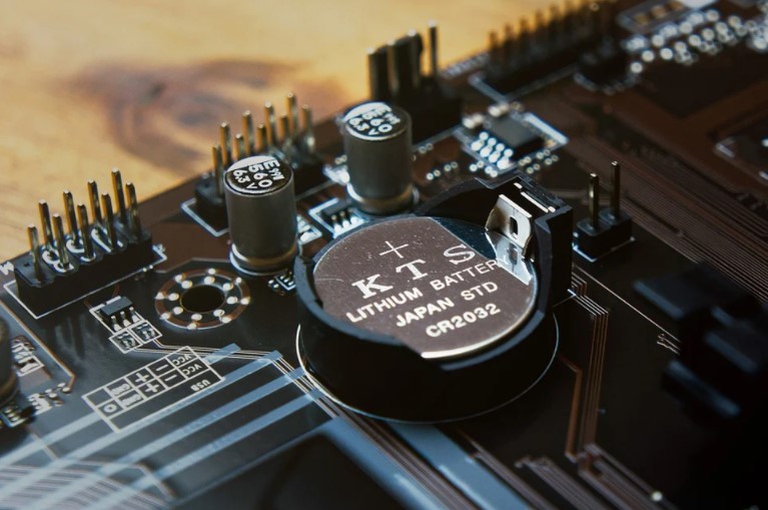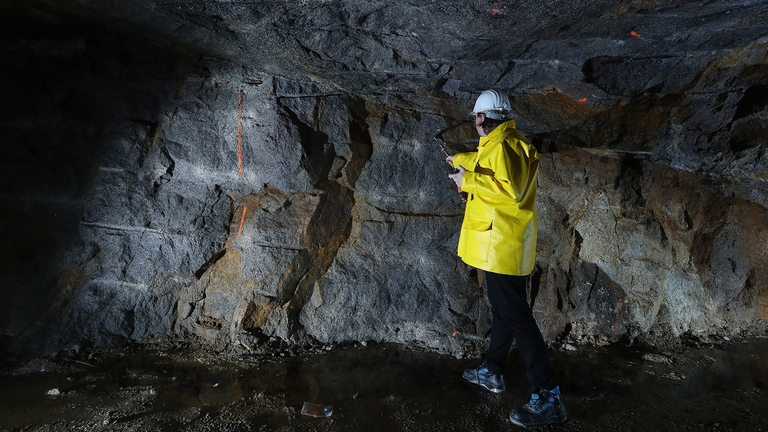https://www.lifegate.it/riciclo-delle-batterie
- |
- Lithium-ion batteries are critical to a low-emissions future.The demand for their raw materials (lithium, cobalt, nickel and copper) is expected to grow substantially.
- Ascend Elements is a US company that recycles battery metals by reselling more efficient cathode materials to manufacturers.
- Between disassembly difficulties and low collection and recycling rates, battery waste management in Europe is still an open question.
In conversations that revolve around the concept of energy transition it's impossible not to hear them mentioned at least once.The lithium ion batteries, used forelectric car and it energy storage, are essential for the decarbonisation of the global economy.However, the question arises whether the quantity of metals (so-called raw materials) that make up the batteries is sufficient to cover the growing demand.In a net zero emissions scenario by 2050, yes esteem that demand for lithium will increase by 2,000 percent.That of cobalt will grow by approximately 600 percent, that of nickel by 300 percent and that of copper by almost 200 percent.
Also because of war in Ukraine, the prices of these metals are experiencing a significant surge.With one China dominant in the electric vehicle market, Europe and the United States will have to focus on solutions battery recovery and recycling and the materials that compose them.If on the one hand it is increasingly important to design them with a circular approach (ecodesign), on the other hand innovation can also solve many problems.
The innovative upcycling of critical raw materials
Rather than recycling the entire cathode component of the batteries (which degrades over time) as competitors do, the US company Ascend Elements has developed an upcycling process that recovers metals by putting them back into circulation in the supply chain.THE cathode materials regenerated then they come sold “made to measure” so that battery manufacturers can require different concentrations of nickel, cobalt and manganese depending on their needs.
In practice, the innovative process, patented as hydro-to-cathode, destroys spent batteries turning waste into blackish sand.After removing all impurities – including pieces of plastic, aluminum and copper – nickel, cobalt and lithium are obtained.Those metals that make up the cathode of a battery.
“We recover the metals from lithium ion batteries and transform them into a very useful raw material for manufacturers,” Michael O'Kronley, CEO of Ascend Elements, told the press.“By offsetting the mining required to produce traditional batteries, we are able to reduce the carbon footprint.It's a complex process, it took decades to perfect."
Besides doing upcycling, the technology has another advantage.Second a published study in the scientific journal Joule, batteries made from recycled metals from Ascend Elements have a life cycle that exceeds that of traditional batteries by 50 percent and charge faster;Specifically, power capacity increases by 88 percent.

The difficulties of battery recycling in Europe
What to do instead when there are different batteries, poorly designed and therefore not very recyclable?To resolve this critical issue, the European Parliament ha proposed a new regulation to replace the old one Directive 2006/66/EC. The goal is to make the batteries of household appliances, smartphones and means of transport circular, all this by 2024.“They must be designed so that consumers and independent operators can easily and safely remove them themselves,” the proposal reads.
The problem is real.In Europe more are generated every year 1.9 million tons of waste batteries which are currently not designed to be recovered at the end of their life:therefore, it is also difficult to extract them from the equipment and disassemble them.Unlike the "destructive" method of Ascend Elements, however, the research is focusing more on the automatic disassembly of components.For now this operation is carried out by hand in the laboratory;Making this method scalable, therefore, remains a complex challenge.

According to one study of Eurobat, the highest collection and recycling rates are achieved by lead-acid batteries for vehicles (99 percent).However, collection rates are low portable batteries:in 2018 only the 48 percent of those sold in Europe have been collected for recycling and this results in the loss of large quantities of precious resources.According to i data of the European Commission, recycling is more oriented towards the recovery of cobalt, nickel and copper, considered economically more valuable, with an estimated efficiency of 95 percent for cobalt and nickel and 80 percent for copper.However, the volume of recovered metals that are then used for the production of batteries remains very low.Only 12 percent of aluminium, 22 percent of cobalt, 8 percent of manganese, 16 percent of the nickel used in the EU is actually inserted into an upcycling circuit.
Battery recycling, especially lithium ion batteries, is a constantly evolving world.THE'innovation and a circular approach can mitigate the climate impact of raw materials that are already protagonists of energy transition.
